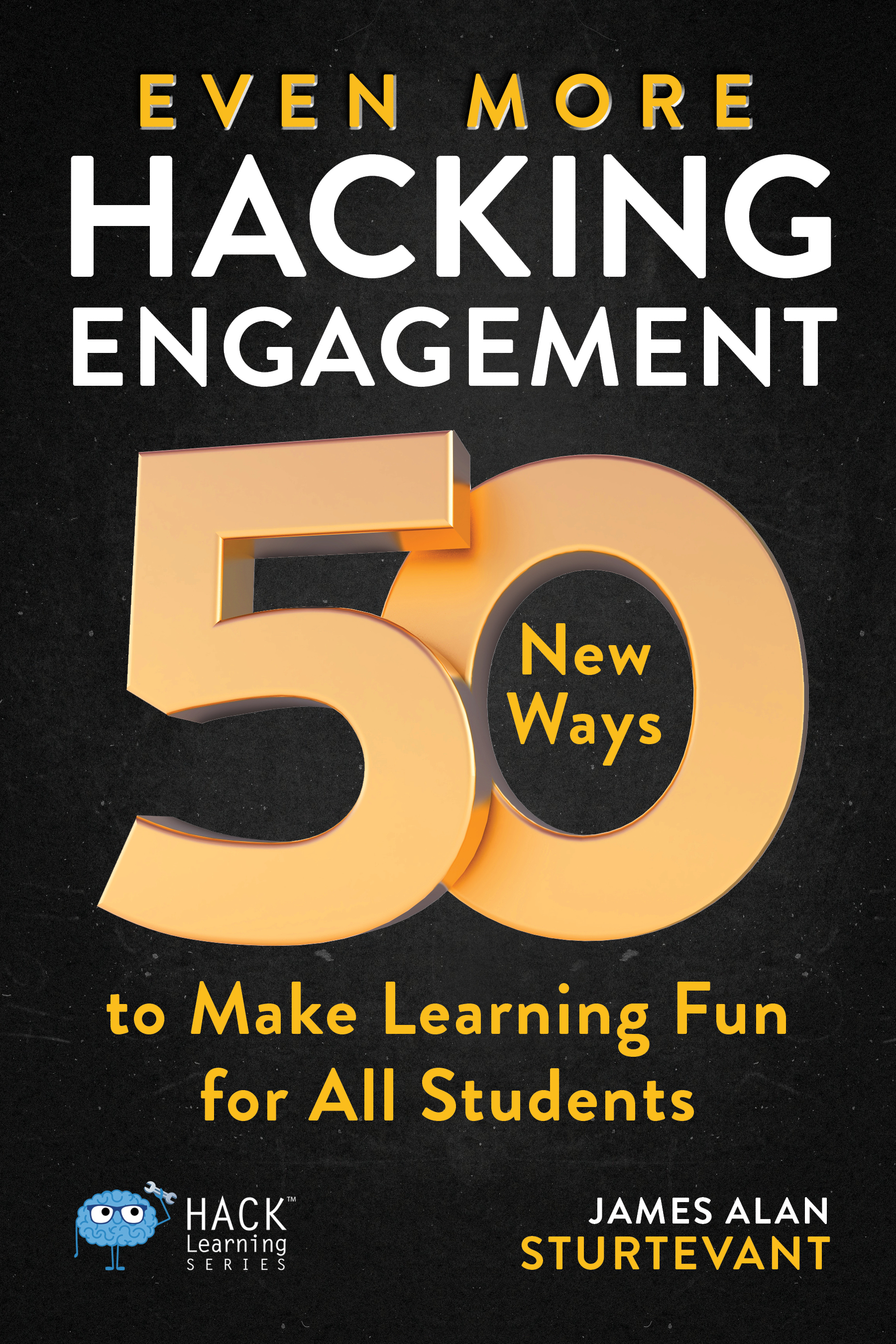Create a Legacy Learning Experience
Jan 16, 2023
By James Alan Sturtevant
I teach curriculum design to future educators. Each semester, I conduct an interesting experiment. Students speculate about how they would perform if they were forced to retake last semester’s finals.
“Could you match your performance?” I’ll ask.
I am still waiting for a student to say, “Heck yes! No problem.”
Instead, I often hear students lamenting that they’re not sure they could even pass their old assessments. Then I challenge them to recall their most meaningful learning experience. While I don't limit them to recalling something that took place in an academic setting, most opt for such a memory.
I have yet to have a student site as an example where they were a passive learner. I have not heard, "It was an amazing lecture in history class." Instead, I'm frequently treated to animated renditions of middle school science fair projects and elementary school simulations.
Many of my students, who are in their early twenties, will pull out examples from their early grades—over half of their lifetimes ago.
Unfortunately, educators ask students to regurgitate a lot of short-term memory on assessments. We also frequently default to direct instruction. Both memorization and direct instruction are important learning mechanisms, but they're overdone. And these learning experiences do not have much shelf-life.
When I was a young high school social studies teacher, I did my share of both. I talked a lot and then assessed them to see if they were listening. Why I taught this way is totally understandable. It was the way I was taught, I respected my teachers, and I liked school, so why wouldn't I try to recreate such a positive environment?
I look back now and realize, I could have done better. And I should have done better. Even when I was completing my teacher preparation program decades ago, my ed professors encouraged us to create more student-directed learning experiences that required higher-level thinking.
This was long before the siren song of the internet and social media. It's amazing that contemporary kids pay attention at all. These ideas aren't new; we just need to implement them.
As a college student, I also remember learning about Benjamin Bloom and his taxonomy. While this template has gone through extensive revision, it's still highly relevant. Bloom basically encourages teachers to challenge kids to be active learners and utilize higher-level thinking. Those are outstanding objectives.
Bloom's Taxonomy is typically depicted as a pyramid. At the bottom are the lower-level thinking skills of memorization and recognition. In the middle are hands-on applications. The apex of the pyramidal template challenges students to take their newfound knowledge or skill and create something.
Bloom's recipe promotes American ingenuity. Americans are exceptionally creative. We invent stuff, our artists are exceptionally influential, and our culture is emulated by many. Let's encourage more creativity!
Speculate about the next unit you’ll teach. How can you transform it into a legacy that one of your kids may recall in an education class someday far off in the future?
- Allocate some time to direct instruction where kids become familiar with concepts.
- Follow that with some application where students demonstrate learning.
- Make certain to include a higher-level thinking prompt where students are challenged to be creative. It could be solving a thorny problem or inventing a new model, approach, application, or demonstration. The more open-ended the better. Engineer parameters that are helpful and inspirational but are not limiting.
Your students are going to be the ones who solve global warming, create access to affordable healthcare, formulate solutions to sustainability, navigate issues of social justice, and address a myriad of problems over the horizon that we can’t yet imagine.
Have them practice for these larger battles by encouraging them to use their creativity now.
The engaging prompt that you issue, which challenges them to create a social media campaign promoting the limiting of King John’s power prior to the signing of the Magna Carta in your unit on limited monarchy, could inspire your students when they’re adults to create a Social Media User’s Bill of Rights.
Oh—and when a reporter asks your former student where they got their inspiration, they’ll say your class!






